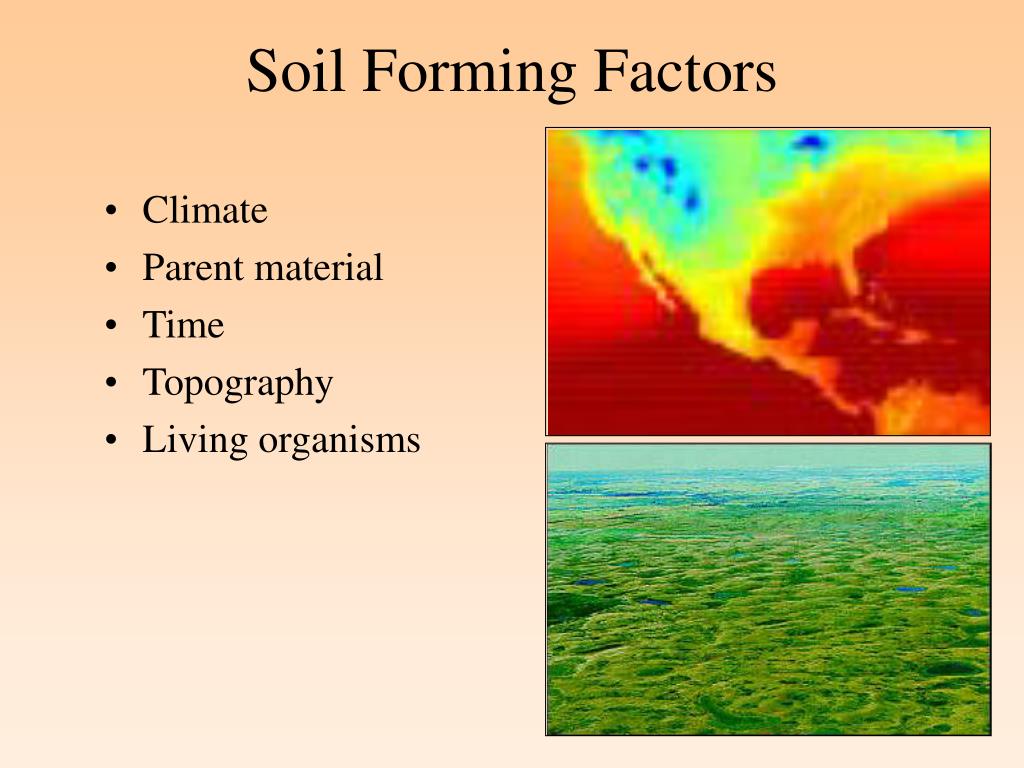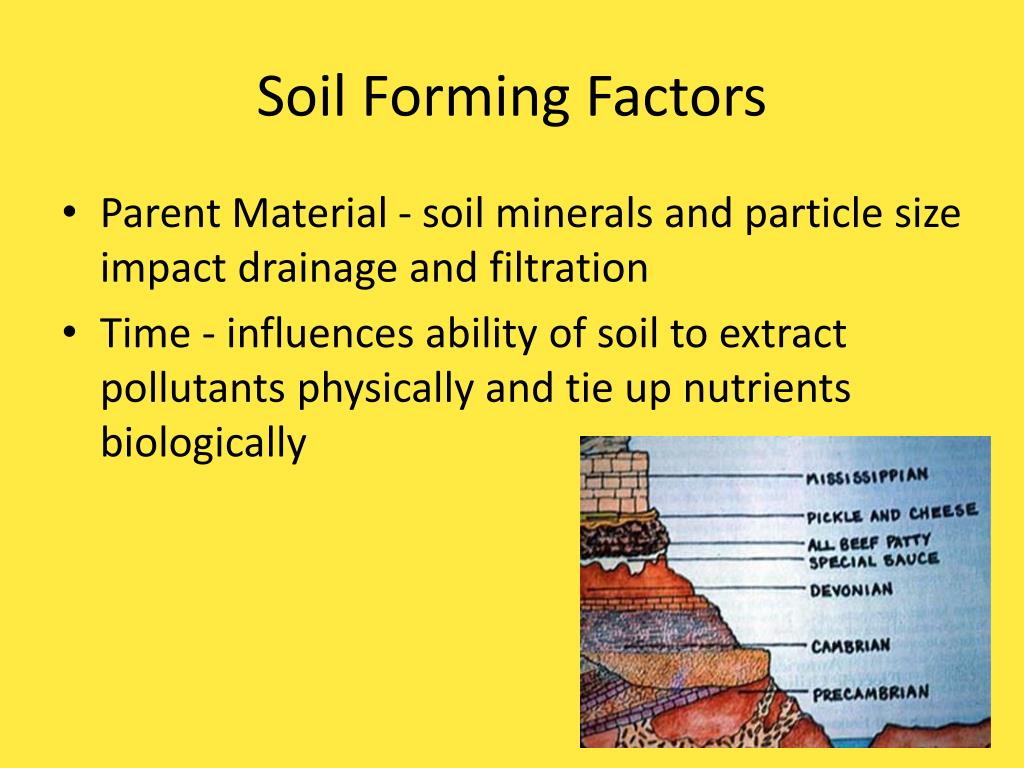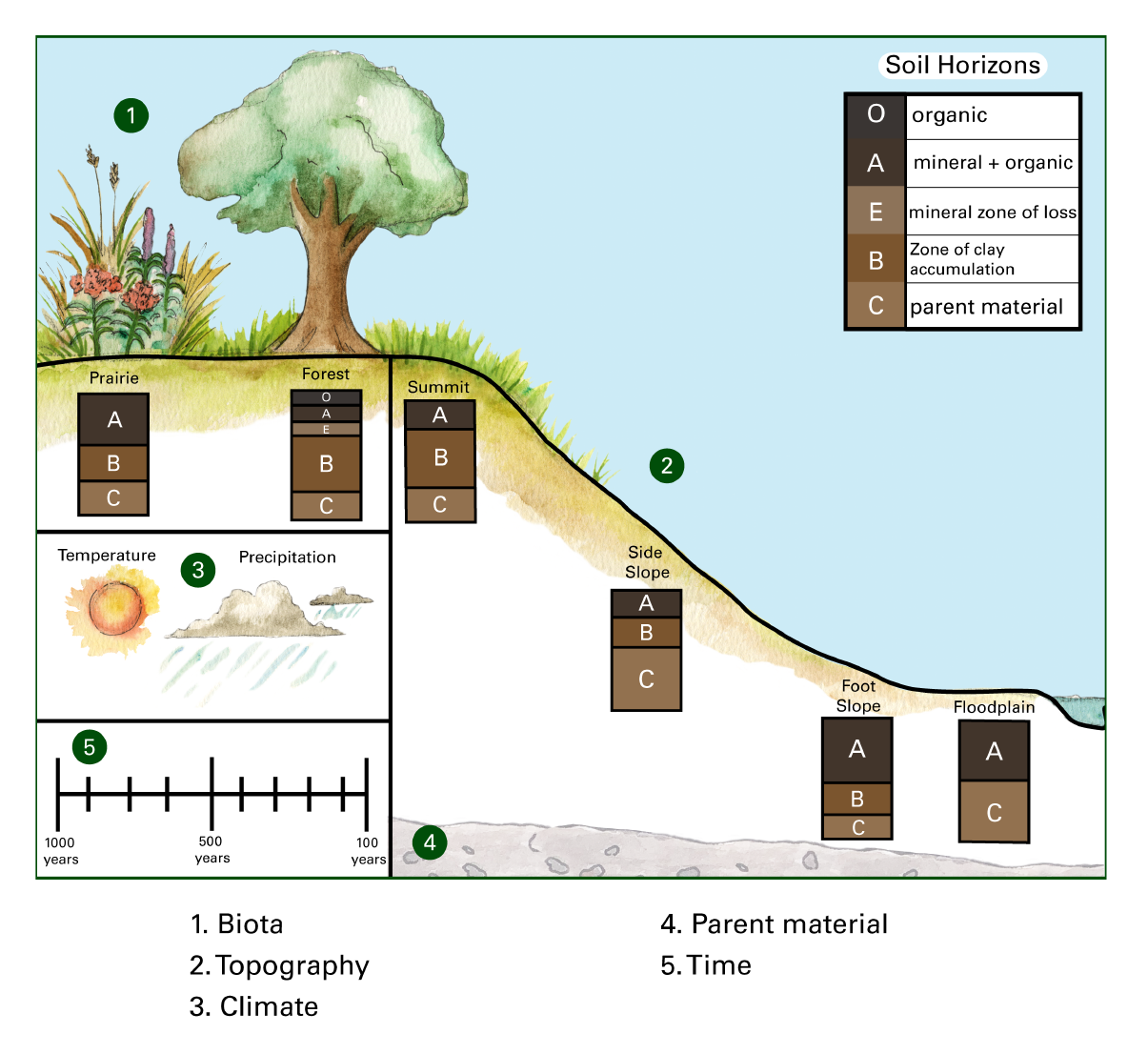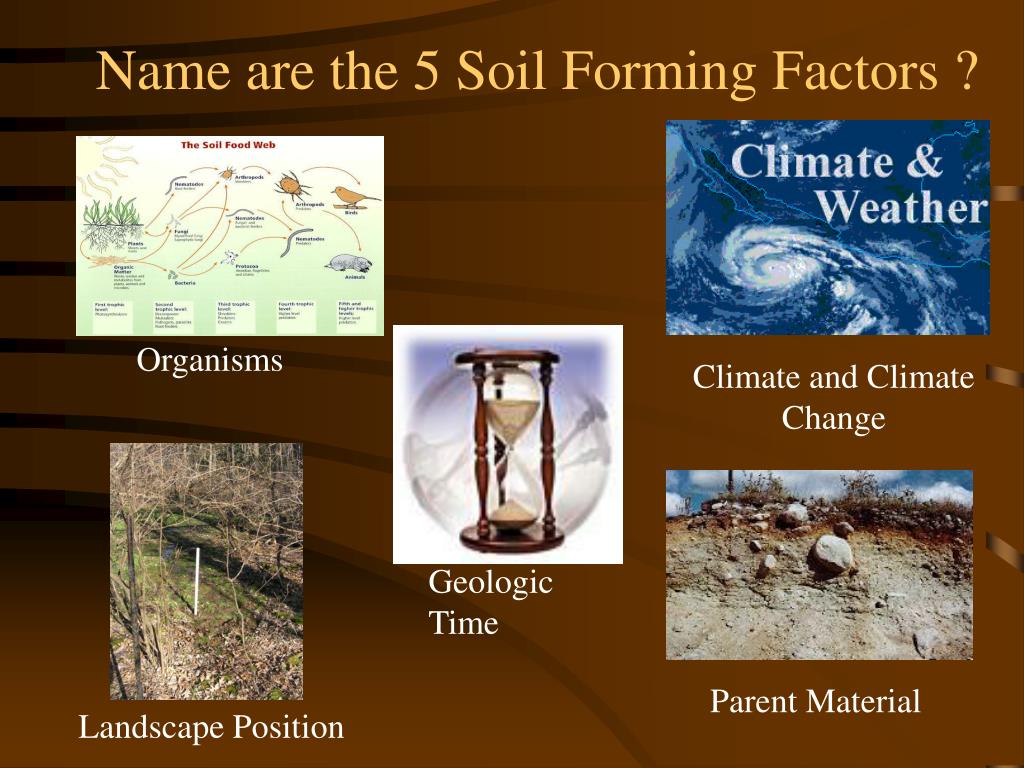What Are The Five Soil Forming Factors
What Are The Five Soil Forming Factors - Water and wind modify and transport soils. Scientists use the differences or similarities of. Soils are often defined in terms of these factors as “dynamic natural bodies having properties derived from the combined effect of climate.
Water and wind modify and transport soils. Soils are often defined in terms of these factors as “dynamic natural bodies having properties derived from the combined effect of climate. Scientists use the differences or similarities of.
Water and wind modify and transport soils. Scientists use the differences or similarities of. Soils are often defined in terms of these factors as “dynamic natural bodies having properties derived from the combined effect of climate.
PPT Formation, Chemistry, and Biology of Wetland Soils PowerPoint
Scientists use the differences or similarities of. Water and wind modify and transport soils. Soils are often defined in terms of these factors as “dynamic natural bodies having properties derived from the combined effect of climate.
5 Soil Forming Factors YouTube
Scientists use the differences or similarities of. Soils are often defined in terms of these factors as “dynamic natural bodies having properties derived from the combined effect of climate. Water and wind modify and transport soils.
PPT Soil Science PowerPoint Presentation, free download ID1923890
Soils are often defined in terms of these factors as “dynamic natural bodies having properties derived from the combined effect of climate. Water and wind modify and transport soils. Scientists use the differences or similarities of.
2 The soil forming factors. Download Scientific Diagram
Scientists use the differences or similarities of. Water and wind modify and transport soils. Soils are often defined in terms of these factors as “dynamic natural bodies having properties derived from the combined effect of climate.
Iowa's Nature Series Educational Graphics Natural Resource Stewardship
Soils are often defined in terms of these factors as “dynamic natural bodies having properties derived from the combined effect of climate. Scientists use the differences or similarities of. Water and wind modify and transport soils.
Chapter twelve
Soils are often defined in terms of these factors as “dynamic natural bodies having properties derived from the combined effect of climate. Scientists use the differences or similarities of. Water and wind modify and transport soils.
Soil Formation Soil Profile, Classification and FAQs (2022)
Water and wind modify and transport soils. Scientists use the differences or similarities of. Soils are often defined in terms of these factors as “dynamic natural bodies having properties derived from the combined effect of climate.
PPT Introduction to Soil Science PowerPoint Presentation, free
Soils are often defined in terms of these factors as “dynamic natural bodies having properties derived from the combined effect of climate. Scientists use the differences or similarities of. Water and wind modify and transport soils.
Learning Geology Soil
Soils are often defined in terms of these factors as “dynamic natural bodies having properties derived from the combined effect of climate. Water and wind modify and transport soils. Scientists use the differences or similarities of.
Soils Are Often Defined In Terms Of These Factors As “Dynamic Natural Bodies Having Properties Derived From The Combined Effect Of Climate.
Scientists use the differences or similarities of. Water and wind modify and transport soils.









